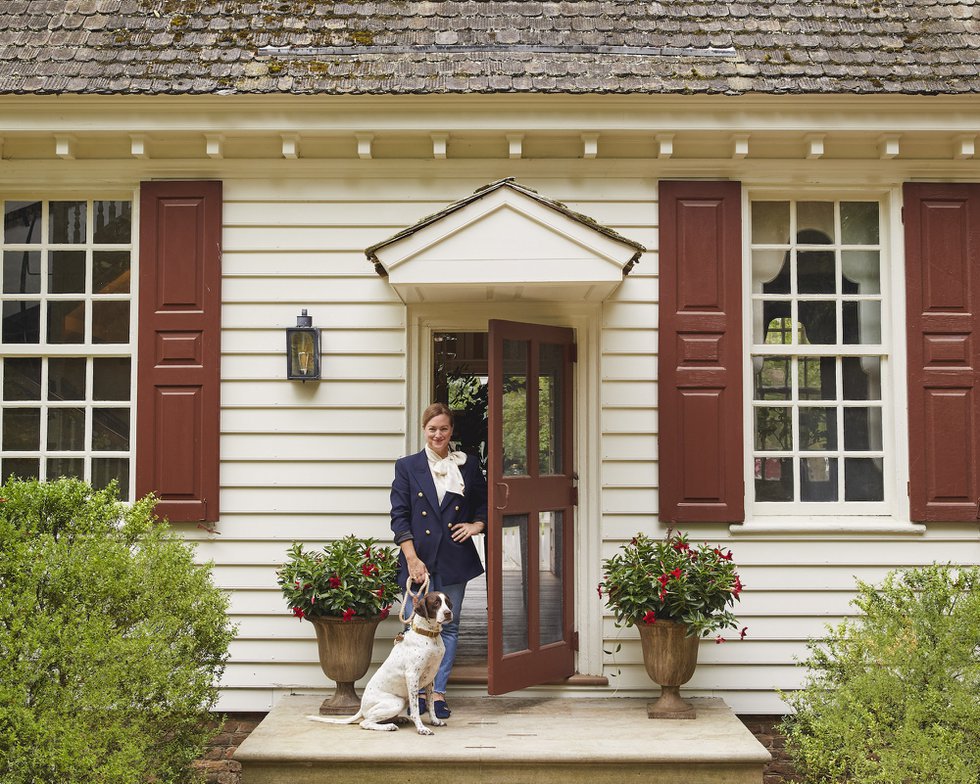Financing the cost of renovating a historic home.

“You know that you’re going to run into the unexpected” when you renovate a historic home, says Rick Logan, construction manager for Blacksburg builder Snyder & Associates. Termites, asbestos, old wiring, water damage and cracked foundations are just some of the problems that can crop up.
Consulting a general contractor experienced in predicting the cost of historic renovations is a must (local home builders associations or the BBB can make referrals for builders with this experience), though buyers are still wise to expect an additional 10-15 percent in unforeseen costs. But how do you plan financing when you aren’t certain how much you’ll need?
Duaine Fitzgerald, senior vice-president and chief financial services officer of the Bank of Botetourt in Lexington, says buyers may purchase the home first then take out a home equity line and draw on the line of credit as they make improvements, or take out a home equity loan with a 5-, 7- or 10-year repayment. Another option, the construction-to-permanent loan, says Fitzgerald, allows buyers to “take out a one-year construction loan, which then rolls into a 30-year mortgage after the construction is complete.” Historic home buyers may also qualify for local, state or federal tax credits, says Valerie Eagle of Park Place Realtors in Roanoke, which has the largest historic district in the state with 3,200 properties (stipulations apply).
For information about construction loans and financing options, go to EducationCenter.BankofBotetourt.com








